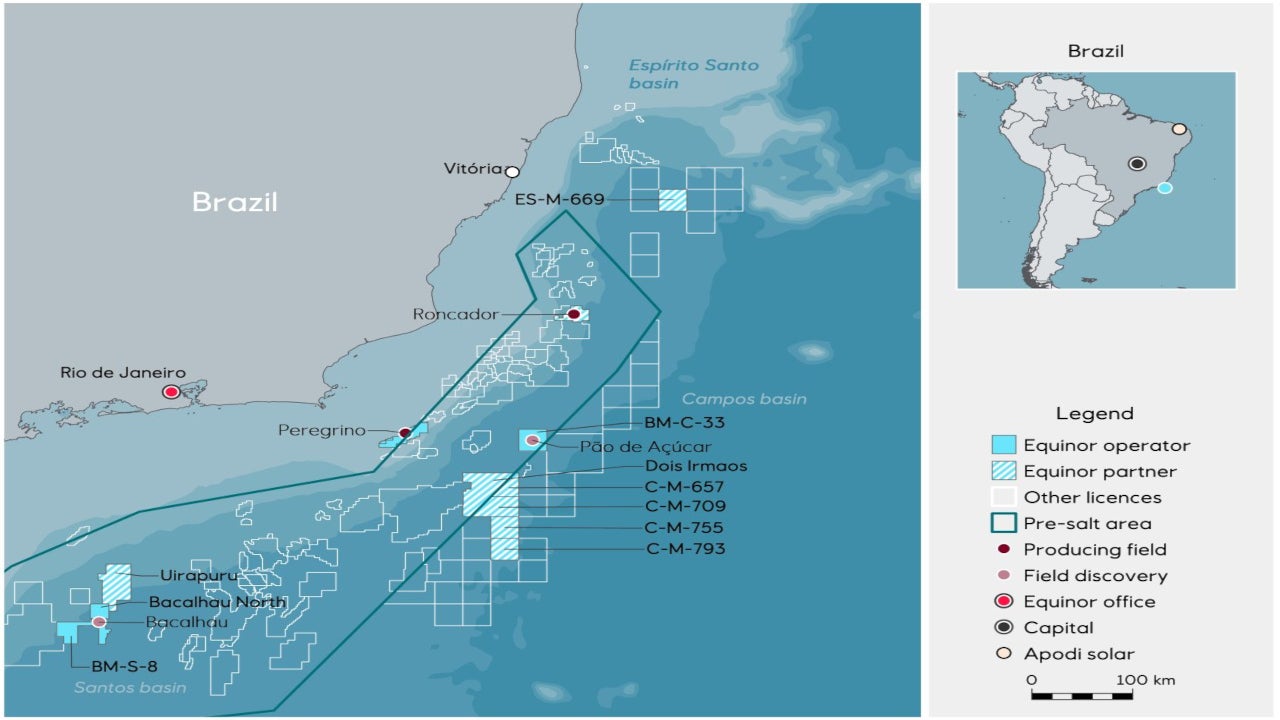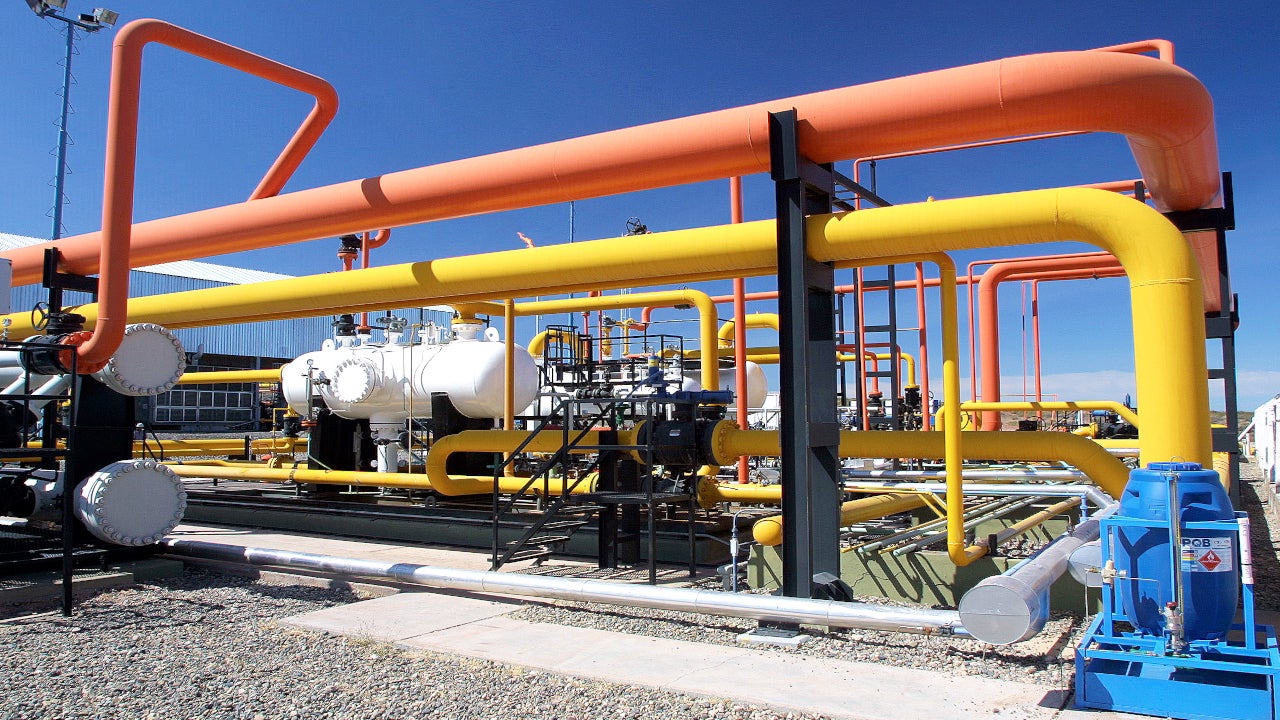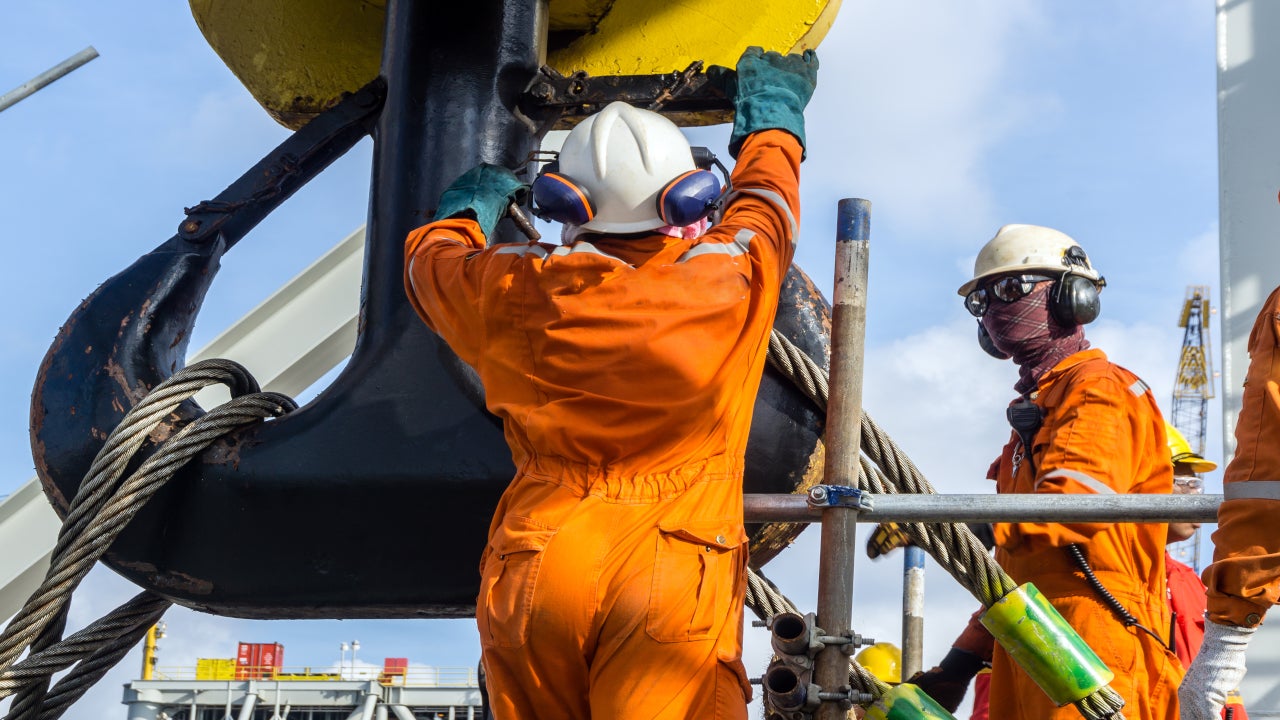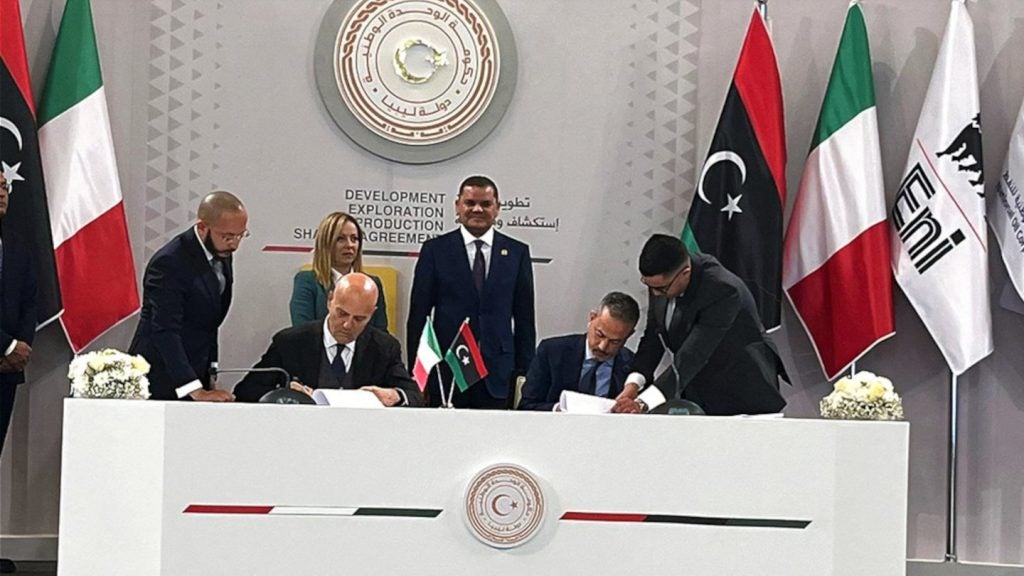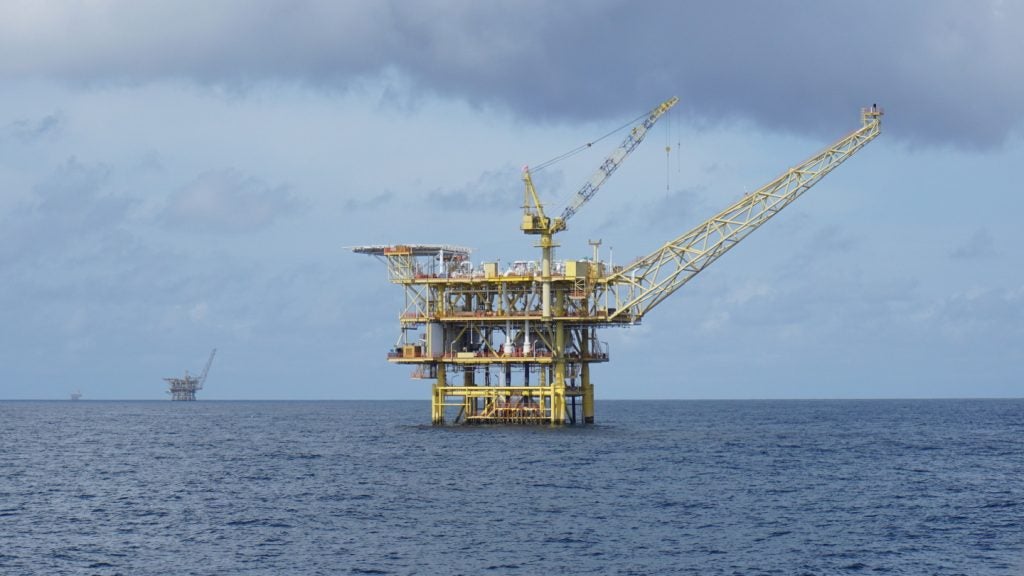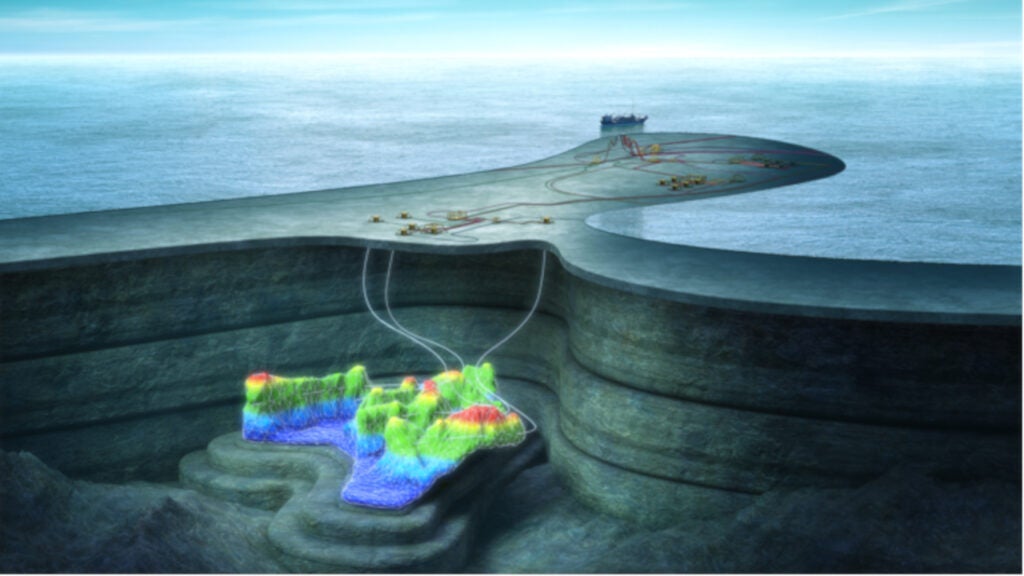BM-C-33 is a gas and condensate field located in water depths up to 2,900m in the Campos Basin pre-salt, approximately 200km off the coast of Rio de Janeiro in Brazil.
Equinor, a Norwegian oil and gas company, is the operator of the field with a 35% interest, with Repsol Sinopec Brasil (35%) and Petrobras (30%) as partners.
The BM-C-33 block was acquired by Repsol Sinopec Brasil at the auction held by Brazil’s National Petroleum Agency (ANP) in 2005. The potential hydrocarbons in the block were revealed through the Pao de Acucar, Gavea and Seat discoveries in 2010. Equinor took over the operatorship of the block in 2016.
The block will be developed in a phased manner, starting with the development of Pao de Acucar, which is the largest discovery. The development concept of the Campos Basin field was approved by the licence partners in March 2021.
BM-C-33 field geology and reserves
The BM-C-33 field holds complex reservoirs, situated at a depth of approximately 3,000m, containing a heterogeneous silicified carbonate with vugs, caverns and fractures. The total resources in the block are estimated to be more than 700 million barrels of light crude and three trillion cubic feet (Tcf) of gas.
The field is estimated to contain recoverable reserves of more than one billion barrels of oil equivalent (Bboe), making it one of the significant natural gas projects under development in the country.
BM-C-33 appraisal details
A total of seven appraisal wells including three on Pao de Acucar and two each on Seat and Gavea were drilled as part of the appraisal programme. Located at about 195km offshore Rio de Janeiro, Pao de Acucar was drilled to a depth of approximately 2,800m to encounter a 500m-thick oil column.
Drilled to a total depth of 6,230m, the Gavea A1 well encountered a 175m hydrocarbon column in a good-quality reservoir of silica-rich carbonates of the Macabu formation. It was tested to produce approximately 4,000 barrels per day (bpd) of oil and 16 million standard cubic feet (Mscf) of gas.
The Seat-2, PdA-A1 and PdA-A2 appraisal wells were also drilled and tested between 2013 and 2015. The appraisal activities in the block were completed in 2016.
Development details of BM-C-33 field
The BM-C-33 field will be developed by connecting the production wells to a floating production, storage and offloading unit (FPSO). Crude will be offloaded by shuttle tankers after processing at the FPSO and transported to the international export market via ship-to-ship transfers.
An integrated offshore gas pipeline will transport gas from the FPSO to a new dedicated onshore gas receiving facility at Petrobras’ Cabiúnas Onshore Terminal in Macae, Brazil, from where it will be transferred to the domestic gas transmission network.
The project is expected to have a gas export capacity of 16 million cubic meters a day (Mcmd) with average exports of approximately 14Mcmd a day, a substantial volume as per the existing gas demand in Brazil. The oil processing capacity will be 20,000m³ a day.
Project benefits
BM-C-33 field holds significant volumes of gas and the project development will be boosted by the completion of ongoing natural gas market liberalisation in Brazil. The project is expected to generate both direct and indirect jobs and help accelerate industrial growth in the country.
The gas field holds the potential to be one of the primary sources of gas supply in Brazil. It will expand the natural gas production of Repsol Sinopec Brasil and support its commitment to achieving zero net global emissions by 2050.
Contractors involved
In March 2020, Equinor awarded an ultra-deepwater pipeline concept study contract to IKM Ocean design, a sub-sea engineering provider, to study gas export from the BM-C-33 field to the Rio de Janeiro coast.
Seaplace, a consultancy services company, is providing technical support for the BM-C-33 project development. It is also performing integrated visualisation and marine survey and metocean studies for the project.
RBNA Consult performed the logistics during the feasibility studies of the project.

